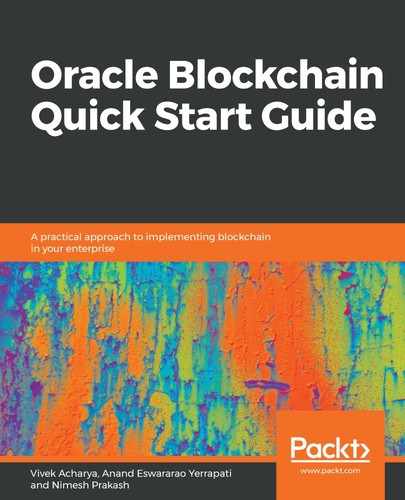The consensus protocol is the core to the existence of blockchain platforms. As the saying goes, behind every blockchain, there is a consensus algorithm. The consensus layer is the most critical and crucial layer for any blockchain (Ethereum, Hyperledger, or any other). Consensus is responsible for validating the blocks, ordering the blocks, and ensuring everyone agrees on it. The following are the key points regarding the consensus layer:
- Consensus protocols (algorithms) create an irrefutable set of agreements between nodes across the distributed P2P network.
- Consensus keeps all the nodes synchronized. Consensus ensures that all the nodes agree to the truth.
- Consensus ensures that power remains distributed and decentralized. No single entity can control the entire blockchain network.
- Consensus guarantees that a single chain is followed and that it holds the truth.
- Consensus is the rules that nodes follow to ensure that transactions are validated within the boundaries of those rules and that blocks follow those rules.
- Consensus results in unanimous acceptance of truth among the participating nodes.
- For a blockchain with cryptocurrency (for example, Ethereum), consensus also rewards the nodes for validating the transactions and maintaining the blockchain network.
- By design, consensus protocols cannot be replicated as replication or imitating them is costly and time-consuming.
- Reliability in a P2P network is achieved by a consensus protocol.
Consensus methods vary for different types of blockchain. For example, consensus, when followed by a permissionless blockchain network such as Ethereum, Bitcoin, and so on, is known as a probabilistic consensus. Such a consensus guarantees consistency of the ledger, though there is a possibility that various participants have different views of the blocks. This means that they remain vulnerable to ledger forks (also known as divergent ledgers). Permissioned blockchains such as Hyperledger Fabric follow deterministic algorithms. Such blockchain networks have specific nodes called ordering nodes; blocks validated by these ordering nodes are considered as final and true. Hence, there is no probability of a fork.
The following table outlines a quick comparison of some of the consensus algorithms mentioned in this book:
|
Facts |
PoW |
PoS |
PBFT |
|
Type of Blockchain |
Permissionless |
Permissionless and Permissioned |
Permissioned |
|
Finality of Transaction |
Probabilistic |
Probabilistic |
Deterministic |
|
Needs Token |
Yes |
Yes |
No |
|
Example Usage |
Bitcoin, Ethereum |
Ethereum |
Hyperledger Fabric |
Visit the Structure of the blockchain section for a detailed analysis of the various types of consensus algorithms.
